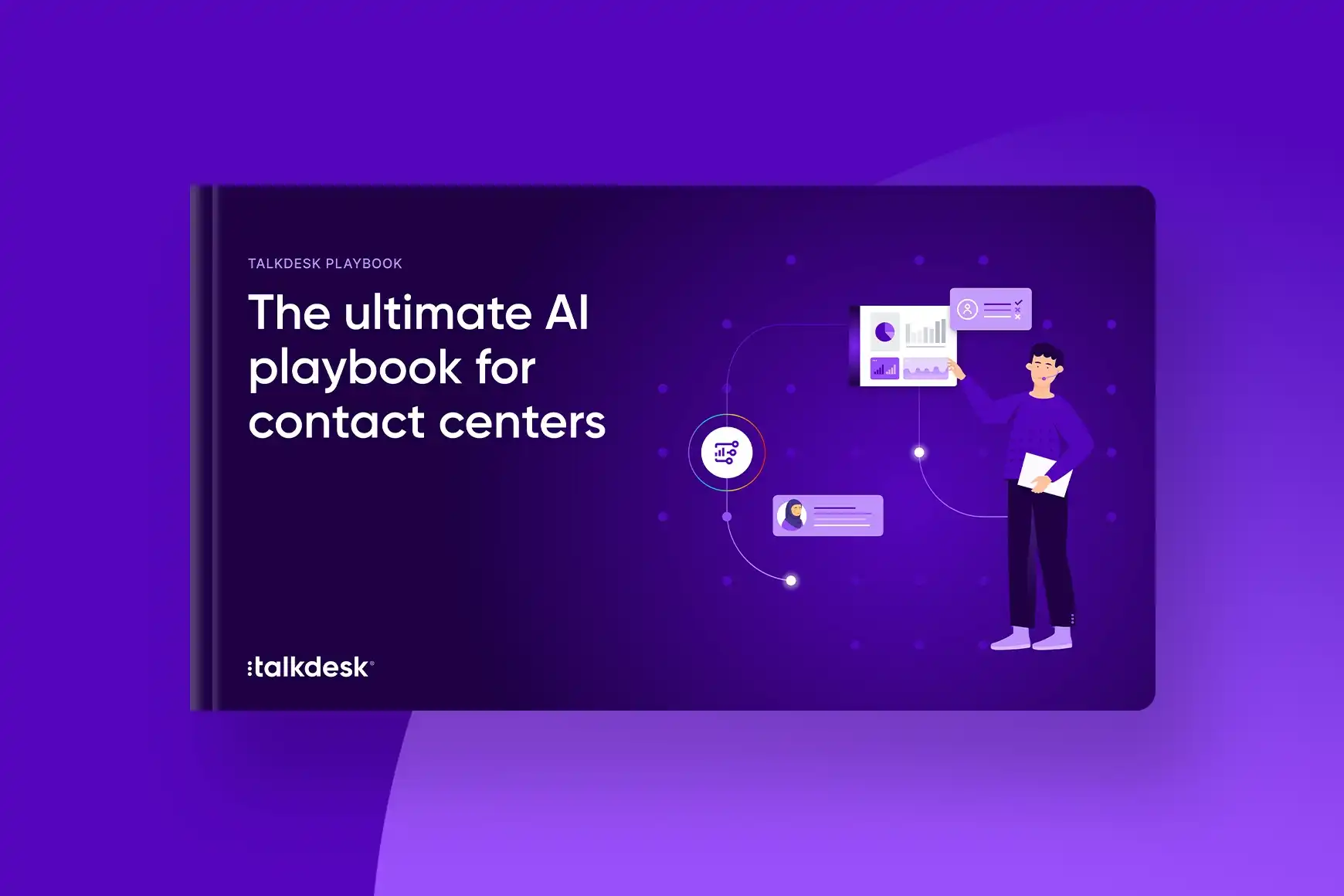11 tools for employing at-home call center agents

By Celia Cerdeira
0 min read

The world is changing, and with that, people’s needs are changing. Ten years ago, working remotely was unpopular and most people desired an office setting.
Now, even contact centers have deployed an army of remote workers worldwide who are performing better than ever, resulting in exemplary customer satisfaction. Allowing your team to work remotely can change the way your company operates for the better. But in order for your remote team to conduct those high-quality phone calls, they need high-quality call center equipment.
Remote working can improve both agent and customer experience.
Employing an at-home workforce of call center agents starts with equipping them with the right tools. In today’s world, it’s becoming increasingly common for call centers to employ remote agents. But in order to succeed in their jobs, this work-from-home staff needs the right tools. Below is a list of “must-have” call center equipment, technology, and software that will make maintaining a dispersed workforce simple and effective while enhancing collaboration and team-based culture.

1. The basics: computer, headset and internet connection.
In order to make and receive calls, your at-home agents will need a computer that meets your basic system requirements, a headset and an internet connection. If you use browser-based call center software they won’t need a telephone line, VoIP connection or a VPN. Making sure that their internet connection and system capabilities are sufficient to work optimally is a must. Many companies will provide these basics for their at-home agents. This ensures that all equipment is the same and simplifies the troubleshooting process for your IT helpdesk.
2. Browser-based call center software.
Any company that employs an at-home workforce should use browser-based call center software. With this software, all that is needed to make and receive calls is a computer, internet connection and a headset. Setup is simple: there is no hardware or software to install, no hassles with telecom providers, no plugins to update, just login and go. Browser-based call center software is also an invaluable tool for the at-home agent. It displays the entire history of a customer by integrating CRM, helpdesk systems and social media, providing your agents with a comprehensive overview of each caller as the phone rings. Enhance your agent’s capabilities and keep your dispersed team on the same page by equipping them with the most valuable information about the customer, in real-time with browser-based call center software.
3. Automatic call distribution (ACD) software.
An ACD is a telephony system that is typically incorporated in call center software. The ACD answers incoming calls and routes them to a specific agent. With an ACD, calls can be routed to specific agents based on customer information—the phone number the customer dialed, the information the customer input into the interactive voice response, and others as well as agent information—the skill of the agent and agent availability. This is critical in making sure each remote agent only receives calls they are qualified to handle and only when they are ready to handle them.
4. Customer relationship management (CRM) software.
When your agents work from home, they can easily miss important information about customers. CRMs fill this gap. CRMs compile information about each customer such as: client demographics, email, phone numbers, call logs, chat transcripts, etc. so your agent will always be up-to-date no matter where they are working. Some browser-based call center software functions as a CRM as well. Ensuring that your customer relationship management solution is constantly up-to-date and that your call center agents are using it as a tool during their conversations with their customers is critical to success.
5. Call recording.
Agents have a lot to handle. When they handle inbound calls, agents have to answer a customer’s question, make sure the conversation is pleasant and seamless, take notes and update a CRM with relevant information all at the same time. If they are making outbound calls, they can also face big challenges, such as needing to remember all of the right details about the product they are selling, answering difficult questions, and often dealing with short-tempered callers. Due to the demands of their job, they sometimes forget to write down important information, enter wrong information or don’t enter information at all. Reduce these mistakes by ensuring that all customer conversations are recorded and automatically updated into your company’s systems. Then, the next time any employee would like more information about that interaction, they can listen to the call recording. Call recording is also critical for quality assurance and is essential when managing a dispersed workforce.
6. Call monitoring.
Call center software that allows for systematic, standardized call monitoring practices is a must-have for managing an at-home workforce, whether they are making outbound calls or fielding inbound calls. Call monitoring will allow managers to remotely train agents, drop in on live calls, provide whisper coaching when needed and ensure that your team is delivering consistently excellent service at all times.
7. Comprehensive analytics.
Keeping a close eye on performance metrics is even more important when your employees are not working in the same building as you are. You can evaluate agent effectiveness with metrics such as service level, average call length, average number of transfers and average hold time. You can also see when agents are logged in, how long they have been idle, when they are on live calls and when they are unavailable. Your managers will never miss a beat with comprehensive real-time and historical data.
8. Communication tools for long-distance collaboration.
A chat system and video conferencing tools will help keep your team connected and ensure that management can effectively monitor performance. With these tools, at-home agents can message a manager while they are on a call, ask a colleague a question and have the security of knowing that someone will be able to help them when needed. It is also a great way to help reduce the isolative feeling that can come with working at home.
9. Remote access software for IT monitoring.
Before employing at-home agents, you should be sure that your IT team is well equipped to help set up and monitor remote workers. This includes providing them with software so they can easily diagnose and fix any technical issues that the at-home agent may be experiencing, without having to leave the office.
10. Workforce management tools.
Workforce management tools are an easy way to create schedules and to monitor adherence to schedules. It is sophisticated software that takes into consideration agent availability, shift flexibility, call volume, etc. when formulating schedules. Workforce management tools can be invaluable, especially when you maintain a flexible and dynamic workforce.
11. Post-contact customer surveying tools.
Analyzing real-time and historical metrics is not the end of analyzing an at-home agent’s performance. You should also listen to what your customers are saying. Using a post-contact customer surveying tool is the key to this process. When your customers are happy, your agents are doing a great job.
To effectively maintain a team of at-home call center agents, you must equip your entire team with progressive call center software and associated business tools. These tools will have an enormous impact on their professionalism and effectiveness which will translate into more successful customer interactions. They are so necessary that your team can’t afford to work without them.
Takeaways.
For remote-based call centers to be successful, they need the right call center tools, tailored to their agents’ at-home environments. The best contact center solutions for remote workers have to be adaptable, easy to use, and lightweight. Call center equipment such as remote access, browser-based software, sophisticated tooling for call recording/monitoring and collecting analytics, and CRM technology can fulfil these criteria.
The Talkdesk platform offers all of these components, as a seamless end-to-end Contact-Center as a Service (CCaaS). Deliver a better customer service, engage your remote workforce, and enable omnichannel approaches from one, browser-based platform. Find out more about us today.

EBOOK
The ultimate AI playbook for contact centers
Don’t miss the opportunity to harness the power of AI for your business. This playbook provides actionable steps to make AI implementation seamless and rewarding. Start today to save costs, enhance customer experiences, and secure long-term customer loyalty.







